

|
Danish Shipping calls for EU to invest ETS revenues in green marine fuel production
Industry body welcomes Commission's sustainable transport plan but urges concrete action on funding. |
|
|
|
||

|
Transport & Environment welcomes STIP but warns action needed by 2026 to secure e-fuels leadership
EU transport plan takes steps to boost green fuel production for ships and planes. |
|
|
|
||

|
DNV claims nuclear propulsion could offer viable route to maritime decarbonisation
Classification society publishes white paper examining technological, regulatory, and commercial challenges facing nuclear-powered merchant vessels. |
|
|
|
||
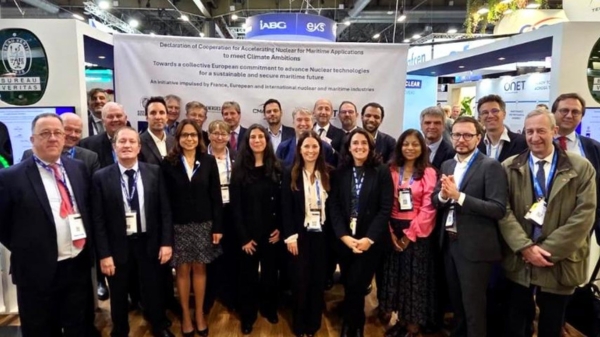
|
European nuclear declaration signed for maritime decarbonisation
Over 30 companies sign cooperation agreement to advance small modular reactor technologies for shipping. |
|
|
|
||
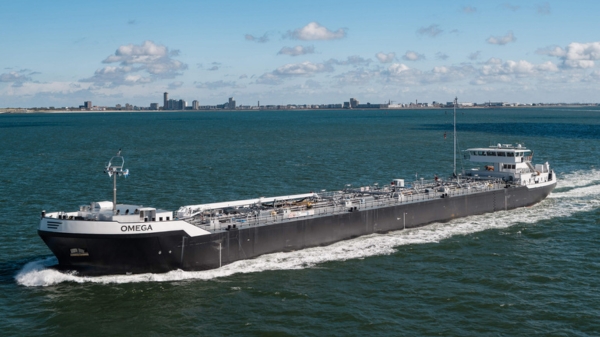
|
Peninsula operates Omega barge for fuel supply in Belgian North Sea
Victrol vessel said to be the only estuary barge of its size serving Belgian North Sea ports. |
|
|
|
||
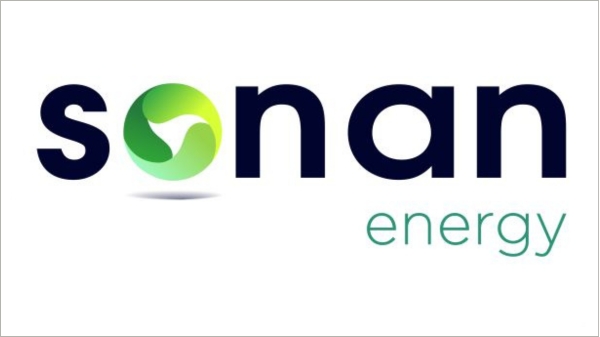
|
Sonan Energy Panama unveils new logo as part of sustainable energy transition
Bunker firm introduces redesigned brand identity reflecting shift towards cleaner energy solutions. |
|
|
|
||
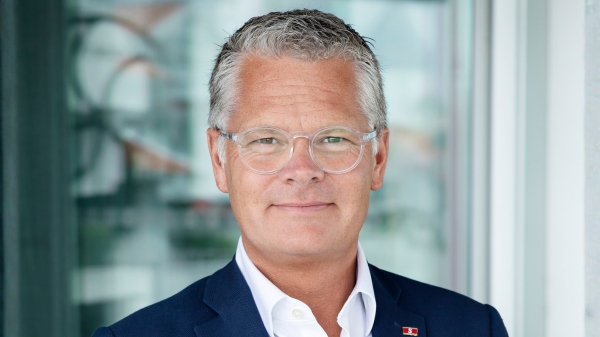
|
Stena Line to acquire Wasaline ferry operations in Baltic Sea expansion
Swedish ferry operator signs deal to take over Umeå–Vaasa route with bio-LNG-powered vessel. |
|
|
|
||
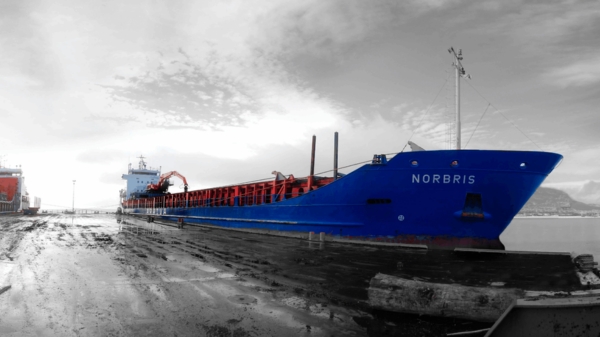
|
Berg Propulsion secures second Arriva retrofit after 10% fuel savings confirmed
Norwegian shipowner orders second propulsion upgrade following verified efficiency gains on general cargo vessel Norjarl. |
|
|
|
||

|
Bunker Holding to absorb Baseblue into KPI OceanConnect by April 2026
Integration follows earlier Hong Kong merger and aims to streamline operations and strengthen regional teams. |
|
|
|
||
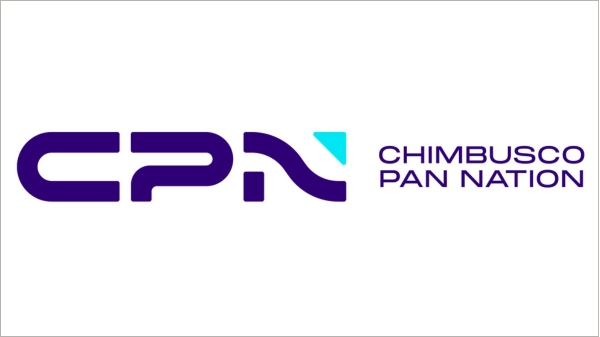
|
CPN unveils new brand identity after 34 years in marine fuel supply
Hong Kong bunker supplier launches rebrand centered on 'continuous evolution' and sustainable fuel solutions. |
|
|
|
||
| Brightoil to expand Yangtze River network [News & Insights] |
| Dredging works to start on Changxing Island [News & Insights] |
| Sinopec launches bunker subsidiary [News & Insights] |
| Sinopec aims to increase fuel oil market share [News & Insights] |